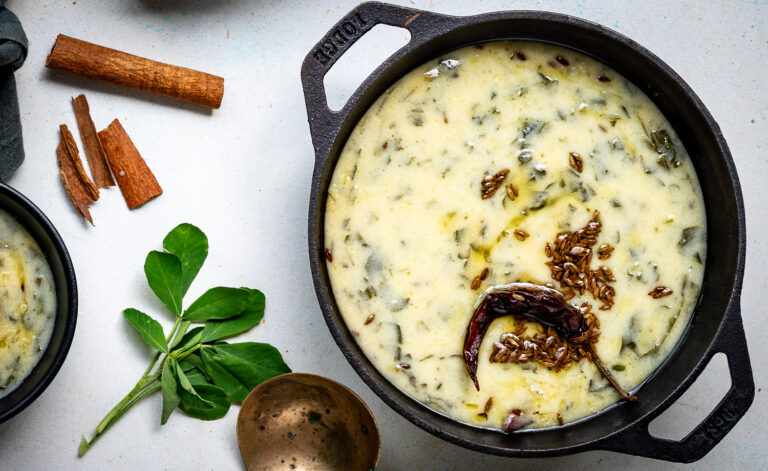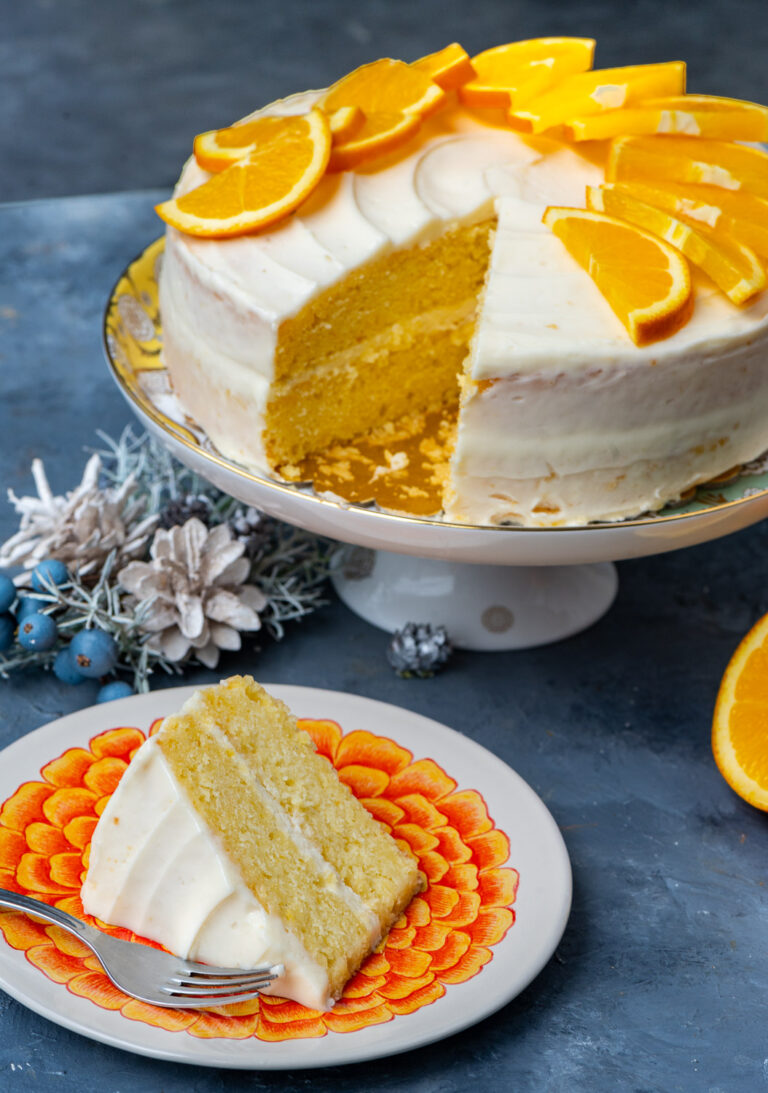“Podi” means “powder” in Tamil and the word is used for a variety of dry condiments. One highly versatile one is molagai podi, the primary ingredient of which is the red chilli. It is an accompaniment that is typically served with idli or dosa. It is mixed with ghee or gingelly oil into a thick paste that resembles a chutney’s consistency, and eaten with these main dishes. I also like to sprinkle molagai podi on potatoes or other dishes to enhance their taste. It can be used in plenty of ways – once you make a batch, you’ll find yourself reaching for it quite a lot.
Nowadays, I also notice restaurants serving podi idli or podi dosa, with the powder dusted on top rather than on the side. It reminds me of the tiffin boxes carried by my friends when we were back in school, when their moms would sprinkle the powder on top of the dosa for a little flavour, so as to maintain a dry lunchbox. I would send my kids off to school with mini idlis served like this myself, with the spice quotient adjusted for their intake, and with the knowledge that the cute size of the idlis would hold their attention well. Of course, when one has the option to eat at home and at leisure, convenience is not the main factor, and ghee and oil can be used to enhance the taste.
The dosa itself has so many variants served in just about any restaurant now, and while I understand the novelty factor, I lean a bit more traditional and stick to the plain dosa with the basic chutneys, podis and sambar that I grew up with. That said, when I am entertaining at home – especially when I have Gujarati relatives coming here and I want to show off the local cuisine – I prefer to serve a wider variety of condiments. I will include this molagai podi, of course, but will perhaps add a curry leaf podi. That is usually eaten with rice but I feel it goes well with dosas too. That’s the next recipe I will share on this blog, so do keep an eye out for it.
Of course, the easiest of all methods is to just buy readymade podis. There are excellent ones out there and I myself have bought them when lazy or in a hurry. Still, I remain a stickler about finding out what goes into each dish I serve and I enjoy doing things myself, especially in the kitchen.
Not long ago, I decided to try making my own molagai podi too, with the help of my friend Anandi. She is an expert in Tamil cuisine and my go-to person for any recipes I want to learn to make authentically. I give her a call, and she generously shares her mom’s recipes, techniques and tips.
My molagai podi usually came from Anandi’s home, but when I got it into my head that I wanted try making it too, she was only happy to help. This is not my first trial at molagai podi. I have made it a few times now, and it gets better with practice. The same will be true for all your cookery attempts, as they have been for all of mine.
Being in the region where the cuisine emerged and evolved in means that authenticity is possible, thanks to the right ingredients, climatic conditions and so on. As I’ve said at other times on this blog, fun matters most when cooking and eating, but there is also something special about perfecting a dish exactly as it has been made for generations. In order to retain that effect and that quality, one must also keep passing it along. My grown children have established their own homes and kitchens, and I am encouraging the notion of being aware of exactly what goes into their food. I hope my approach inspires them.
Now, let me also clarify that what we have here is an authentic variant of molagai podi. Different regions and communities will have their tweaks and renditions, and ultimately it still comes down to the person who makes the podi. Everyone has their own touch and their own style. Either way, you will get a spicy punch that you’ll love adding to your everyday meals!

Molagai Podi
(Yield: Approximately 1½ cups)
1 cup black urad dal
1 cup channa dal
2 tablespoons toor dal
1 teaspoon methi/fenugreek seeds
3-4 tablespoons sesame seeds
½ teaspoon asafoetida
50 dried red chillies
1 tablespoon gingelly oil
Roast the urad dal, toor dal and channa dal separately, until they get fragrant. Set them all aside.
Roast the sesame seeds and the methi seeds together. Set aside.
Now add the oil to the pan and add the dry red chillies. Finally, add the asafoetida. Once the chillies have roasted, remove from the pan.
Add all the ingredients in a blender and blend well.
Store in a jar and use as required. You’ll enjoy this versatile condiment in numerous ways, I’m sure. Don’t be afraid to venture beyond the traditional idli, dosa and rice uses – let it pep up any dish where you feel the spicy flavour would enhance the experience!























